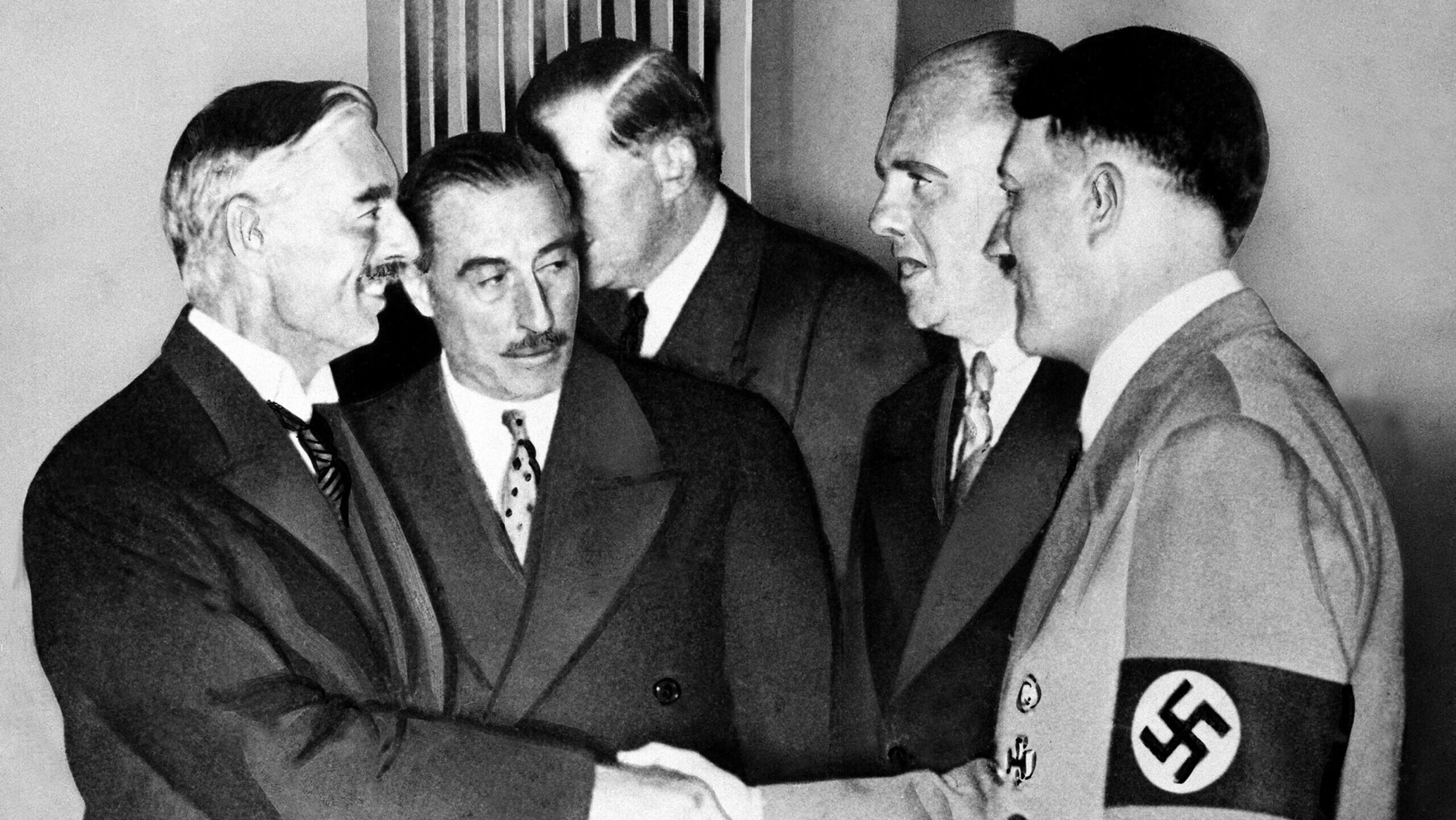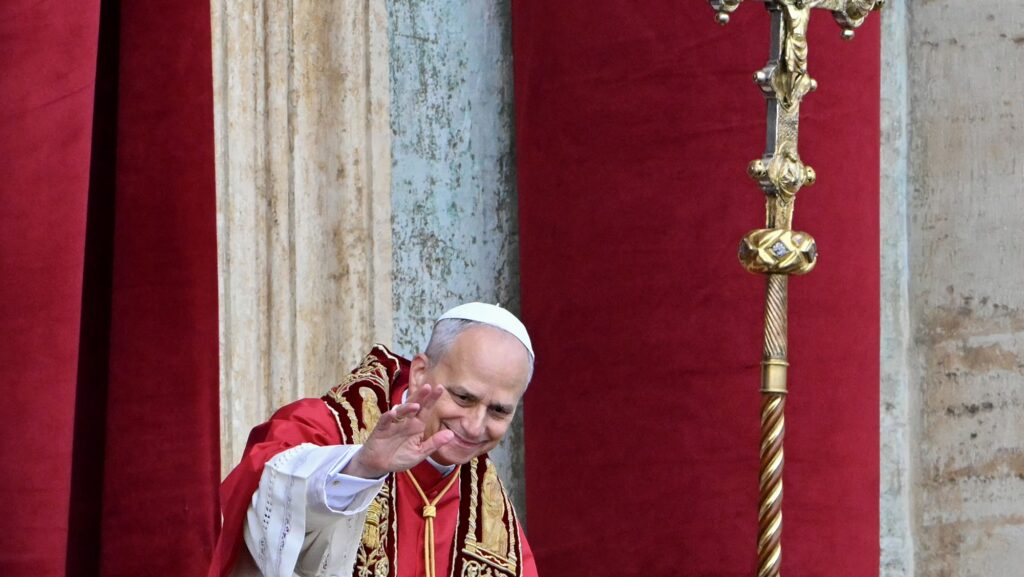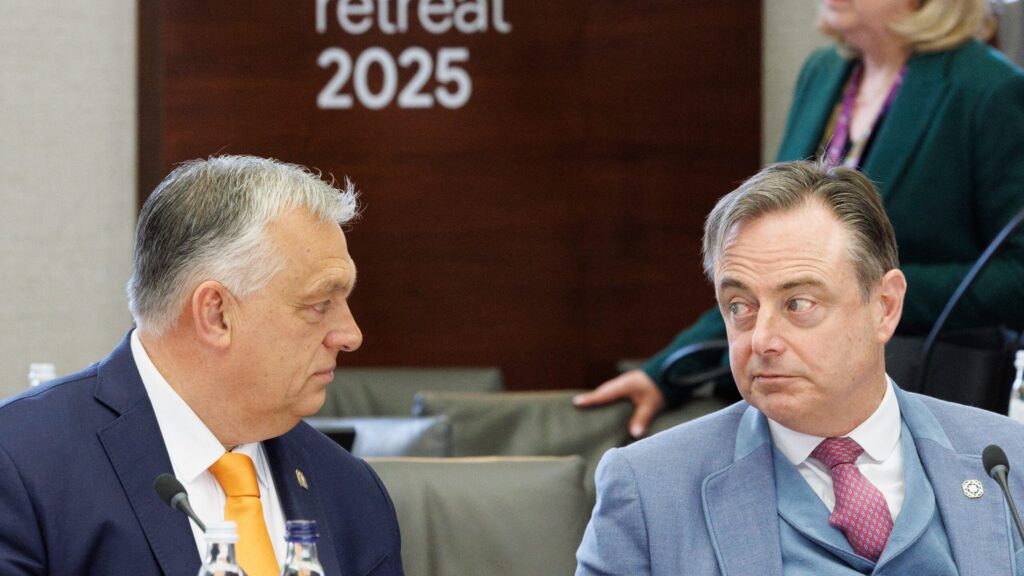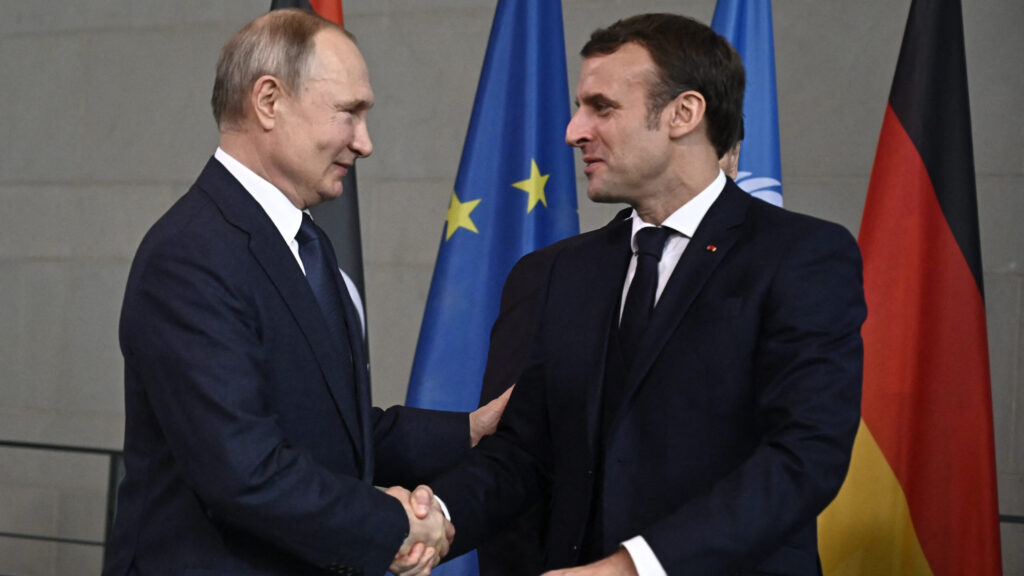Three days remain until US President Donald Trump and Russian President Vladimir Putin meet in Alaska to discuss possibilities and conditions for a peace framework in Ukraine. The Alaska summit is described by many as historic, even though in recent days the White House has tempered expectations, signalling that no deal is likely to emerge from the meeting. This shift came as details of Russia’s proposal surfaced, with a unilateral Ukrainian withdrawal from Donetsk and Luhansk before a ceasefire, triggering significant backlash in both Ukraine and Europe.
Ukrainian President Volodymyr Zelenskyy rejected the proposal, stating that Kyiv ‘won’t give up its land for occupiers.’ European leaders have argued that a ceasefire should be unconditional, that any ‘territorial swaps’ must be reciprocal, and that serious security guarantees must be provided by Western powers to Kyiv. Meanwhile, Trump—as usual—sent mixed signals: last week he said that Ukraine would most probably have to give up certain territories in order to achieve peace, while on Monday he stated that ‘we’re going to try and get some of that territory back for Ukraine.’ On Tuesday, 26 EU member states issued a joint statement stressing that ‘the path to peace in Ukraine cannot be decided without Ukraine’ and that ‘international borders must not be changed by force.’
Munich Narrative Floods Western Information Space
It is fair to say that, realistically, the war will not end without territorial losses for Ukraine—the key question is how and when this will happen. Yet a familiar narrative has been gaining strength in Western mainstream media and among officials ahead of the Alaska summit, comparing the current meeting and potential territorial concessions to the infamous Munich Agreement of 1938. This comparison has been in circulation since Trump became president for the second time and initiated peace talks on Ukraine—a move many Western commentators and politicians have described as ‘appeasement’ towards Putin. Some have even gone so far as to compare Trump to former British Prime Minister Neville Chamberlain, whose policy of appeasement towards Hitler’s Germany failed and is widely regarded as one of the main drivers towards World War II.
The Munich Agreement, signed on 30 September 1938 by Germany, the United Kingdom, France, and Italy, allowed Nazi Germany to annex the Sudetenland—an area of Czechoslovakia inhabited largely by ethnic Germans—without the involvement of Czechoslovak representatives. On his return from Munich, Chamberlain famously declared that the agreement would bring ‘peace for our time.’ Nine months later, Hitler invaded Czechoslovakia, and almost exactly one year after Munich, Germany attacked Poland, triggering the outbreak of World War II.
Alexandre 🇺🇦 on X (formerly Twitter): “Trump is stepping on the same rake. pic.twitter.com/Ps9PsBZIBt / X”
Trump is stepping on the same rake. pic.twitter.com/Ps9PsBZIBt
Peter Zoehrer on X (formerly Twitter): “The upcoming summit could determine whether Trump goes down in history as a genuine peacemaker or the 21st century’s version of Neville Chamberlain. pic.twitter.com/kpjib9WmDE / X”
The upcoming summit could determine whether Trump goes down in history as a genuine peacemaker or the 21st century’s version of Neville Chamberlain. pic.twitter.com/kpjib9WmDE
The similarities are clear: just like in Munich, Ukraine will most likely not be present during the Alaska summit. Trump frequently insists that an agreement is needed to avoid further escalation, including the risk of a potential world war. The US president, much like Chamberlain, is likely to present himself as a ‘peacemaker’ and is determined to achieve peace to bolster this narrative. Territorial concessions are already embedded in the Russian proposal, and accepting them in exchange for peace would be very similar to what was done in Munich—raising fears that appeasing Russian aggression would further fuel Moscow’s appetite for conquest.
But is history truly repeating itself? Is the Trump–Putin meeting bound to fail for the same reasons as Munich? Or are we distorting facts and forcing a historical analogy onto a situation that is fundamentally different? I argue the latter. This is what is known as ‘historical analogy bias’.
Historical Analogy Bias Fuels Flawed Decision-Making
Historical analogy bias is a cognitive bias in which individuals draw direct parallels between past historical events and present situations—often oversimplifying or misapplying them—despite substantial differences in context, actors, or circumstances. In essence, it assumes that because two events share certain superficial similarities, the present scenario will follow the same path as the past.
This bias stems from several cognitive tendencies: humans are naturally pattern-seeking, making them prone to using the most available or emotionally charged historical analogies (the availability heuristic) and to selecting analogies that confirm their pre-existing beliefs (confirmation bias).
Historical analogy bias dominates the Western information space today and significantly influences European leaders’ decision-making—a dangerous trend, as the bias provides an already distorted picture of reality.
We have seen this before. Policymakers and commentators have often framed emerging tech rivalries—especially between the US and China—as a ‘new Cold War’, casting developments in AI, cybersecurity, and quantum computing as zero-sum, military-style conflicts. As Wired has pointed out, this analogy oversimplifies crucial differences: AI is not a weapon of mass destruction, research is globally interwoven, and technological progress is not confined to state control. Yet the analogy persists, shaping policy with undue fear and distortion.
‘The Munich analogy, in particular, has become the “go-to” reference point, invoked by US and British leaders since the Cold War’
In the lead-up to the Iraq War, opponents invoked the Vietnam War to bolster their arguments. References to Vietnam as a ‘quagmire’ were used to warn that Iraq could become a similarly costly and indecisive conflict—another textbook case of historical analogy bias.
The Munich analogy, in particular, has become the ‘go-to’ reference point, invoked by US and British leaders since the Cold War to justify firm stances against perceived aggressors. It has evolved into a staple rhetorical tool: any proposal for compromise risks being labelled as ‘appeasement’, shaping foreign policy decisions for generations—and, as we see today, still heavily driving the European Union’s foreign policy. Moreover, it is also being used to rally support among the public: a study published in February 2025 shows that appeal to historical analogy in public messaging can swing opinion in favour of a given foreign policy action by about 7 percent.
Using historical analogies often leads to oversimplification, where complex, contemporary issues are inaccurately framed through outdated or irrelevant precedents. This results in distorted understanding and poor policy decisions; contextual neglect, in which unique circumstances and nuances are overshadowed by the comfort of familiar comparisons; confirmation bias, where decision-makers selectively embrace analogies that support their pre-existing views while dismissing contrary evidence; and overreliance on a single, emotionally compelling analogy, which skews strategic thinking and shuts down the exploration of alternatives. Ultimately, these errors foster superficial analysis and flawed judgments, potentially exacerbating conflicts, misallocating resources, or undermining sophisticated, evidence-based responses.
Europe Needs to Dump the Munich Analogy
This is precisely what European leaders—except Hungarian Prime Minister Viktor Orbán—have been doing for the past eight months, with the trend intensifying over the past week. As the Financial Times reported on 9 August, European and Ukrainian officials have expressed explicit concern that Trump’s approach—particularly a peace deal involving territorial land swaps—evokes the 1938 Munich Agreement. They highlight parallels such as negotiating over Ukraine’s fate without including Ukraine, just as Czechoslovakia was excluded in 1938.
Trapped in their Munich analogy, European leaders fail to see the cracks in their own narrative. First and foremost, Russia has been at war with Ukraine actively since February 2022, and arguably since 2014. Moscow has already annexed Ukrainian territories, with Crimea de facto part of the Russian Federation since 2015. The current negotiations are aimed at ending an ongoing conflict, not preventing one, as in 1938. Another flaw in the ‘appeasement will fuel Russian expansion’ narrative is that Moscow has failed to break Ukraine’s resistance over the past three years, despite its overwhelming superiority in almost every aspect of warfare.
The biggest difference in context lies in the economic and military situation of Russia. It is nowhere near the level Nazi Germany had already reached in 1938. Putin and senior officials have openly signalled their intention to cut a significant portion of the defence budget in 2026. Russian economy is tired of war and sanctions. It is simply unrealistic to imagine Russia launching another invasion of Ukraine within a year, or so, let alone engaging in aggression against a NATO member.
‘Trapped in their Munich analogy, European leaders fail to see the cracks in their own narrative’
Secondly, Munich was a trilateral agreement dominated exclusively by European powers, with no institutional oversight. The Alaska summit is taking place in a far more complex global environment, with NATO and the EU both backing Ukraine. Sanctions regimes are also in place and could be used to prevent a Munich-style outcome. While the talks will most likely feature only Trump and Putin at the table, significant efforts are being made by both the US and EU to include Zelenskyy—Trump has even signalled his support for such a format. Moreover, unlike the first US–Russia talks in February, the White House is now consistently briefing European allies on the results of bilateral meetings—one such videoconference is scheduled for Wednesday, two days ahead of Alaska.
These differences are so stark that they essentially prevent a Munich-style outcome, yet European leaders remain trapped in their historical analogy bias, unable to assess reality and make decisions grounded in factual geopolitical analysis. British academic James Orr, associate professor at the University of Cambridge, pointed this out during a panel discussion at MCC Feszt in Esztergom at the end of July, noting that there is a psychological mindset among British leaders that insists on interpreting the war solely through the lens of the Second World War—casting Vladimir Putin as Adolf Hitler and Volodymyr Zelenskyy as Winston Churchill. As a result, he argued, there is no attempt in the UK to assess the conflict on its own terms, a phenomenon he dubbed ‘Ukraine brain’.
The Munich analogy also obstructs any attempt to forge a common EU position on reopening dialogue and communication channels with Moscow. This alone is one of the greatest obstacles to any potential agreement, as EU leaders denounce direct communication with Putin as ‘appeasement’. This stance has directly pushed the EU to the sidelines in the negotiations, preventing its leaders from engaging in any diplomatic gestures towards Russia. Ultimately, clinging to the Munich analogy diminishes the EU’s influence over historic shifts shaping the continent’s future and risks blocking any emerging peace framework—despite the fact that most analysts argue Ukraine’s position will deteriorate the longer the war drags on. Europe must break free from the trap of historical analogy bias and abandon the Munich comparison if it is to have even a minimal chance of engaging meaningfully in negotiations.
Related articles:







